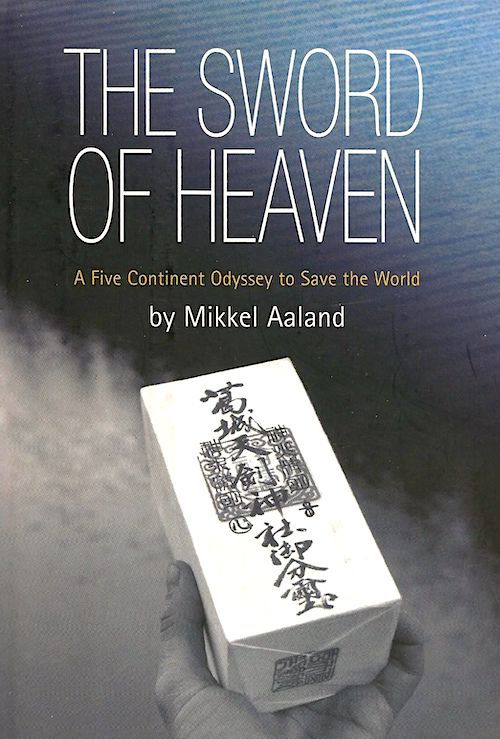
Shinto, the "Way Of The Gods", is the indigenous spirituality of Japan. Shinto revers the spirits or essences, called kami, which reside in all things. These can be animistic, or, natural places which are considered to have a sacred spirit about them and are objects of worship. Frequently mountains, trees, rocks, rivers, and other natural edifices, a shrine is built nearby to honour the kami. This is considered a sacred space inside which the kami actually dwells, being treated with the utmost respect. It is often a tree or rock, but can be as big as an entire village or mountain revered as having a kami nature. A shiminawa (a simple braided rice straw rope) draped across the space or object may be the only marker needed to show it is sacred and the dwelling of a kami.
Statistics list over 80% of Japanese are Shintoists, as well as following Buddhist practices, although the majority of Japanese consider themselves to be non-religious. Kami and people are not separate, they exist within the same world.
In The Sword Of Heaven, Norwegian writer Mikkel Aaland details his involvement in spreading kami throughout the world. A combination of travel and spiritual adventure, we follow Mikkel beginning in 1983 through a series of connections. He meets Juan Li at a party in San Francisco and hears how a Shinto priest had a vision of the end of the world. Despondent, he then had a vision of how to save the world. He was instructed to take an ancient relic, the Sword Of Heaven, and break it into 108 pieces. Each piece was encased in stone and retained the power of the sword to became kami themselves. The idea was to distribute these all over the world, and much like lay lines, the powers became a protective ring around the world. Intrigued, Mikkel mentions he would be open to being involved. He is a photographer and travels widely for work. When he returns to Norway, he is greeted with a package: One Shinto God. From this first placing in a Norwegian lake, Mikkel travels around the globe, from Japan to South America and Europe, placing Gods in sacred places over the next four years.
There are side stories about his relationship, and the connections he makes, as well as many conversations he has with the Shinto priest and his disciples in Japan. Though everyone is extremely well intentioned, he wonders if the placing of kami is really saving the world, and often doubts the whole enterprise. The answers he gets are vague in a very Japanese way (There may be an "actual" sword inside the stone, it may just be a special stone, or not - there may be 108 kami stones, or there may not).
It's these questioning moments which prevent The Sword Of Heaven from being a spirituality book, and open it up to lovers of travel stories and adventure. He is not the only one placing stones, and at the back of the book, there is a map of all the locations around the world.
The Sword of Heaven has a good balance and readers of spiritual and traveller's tales will find it appealing.
2000 / Hardcover / 280 pages


Comments